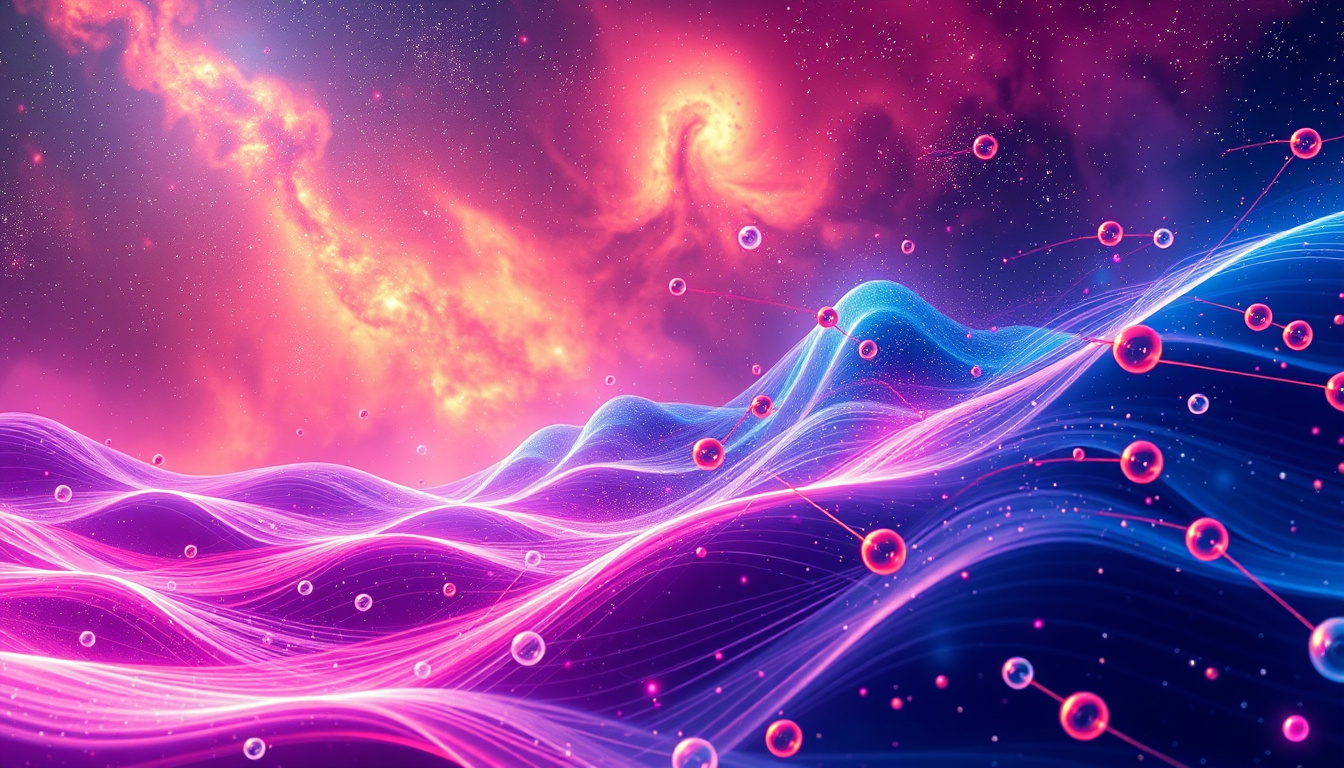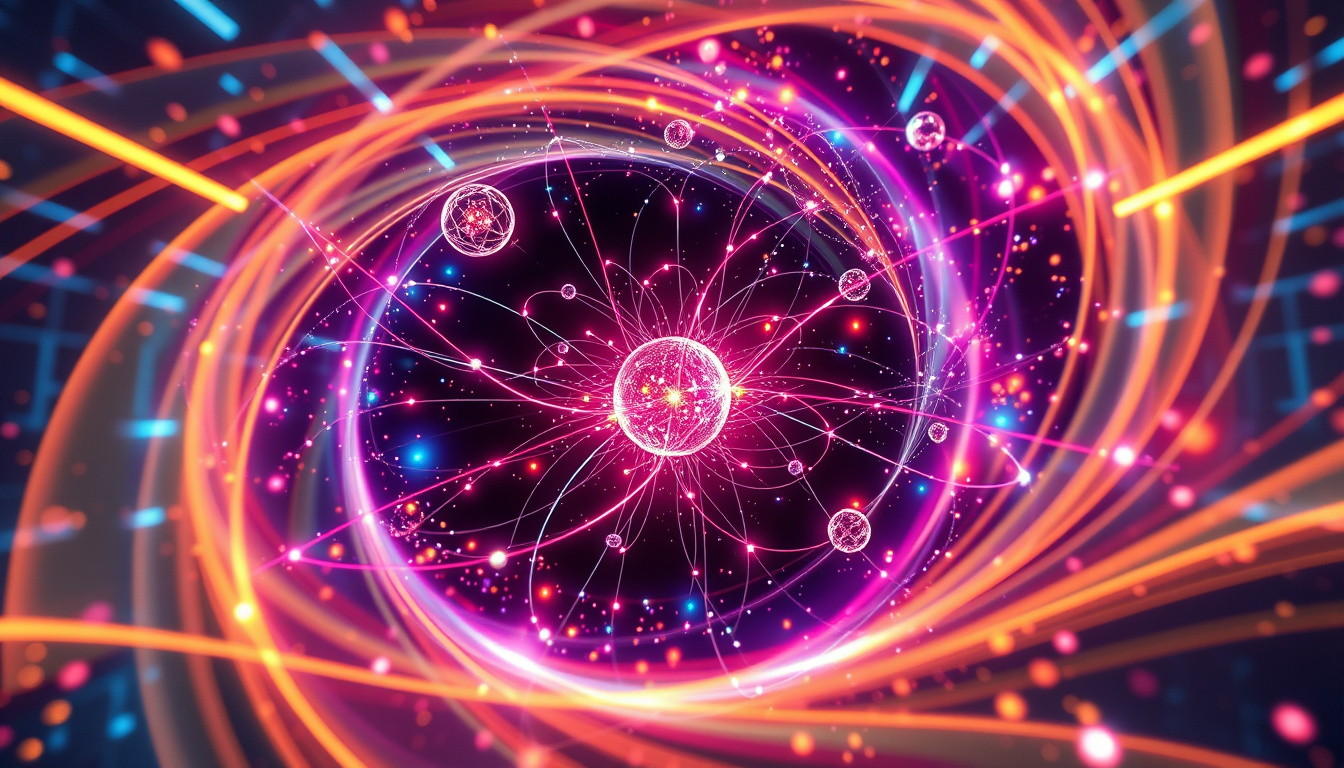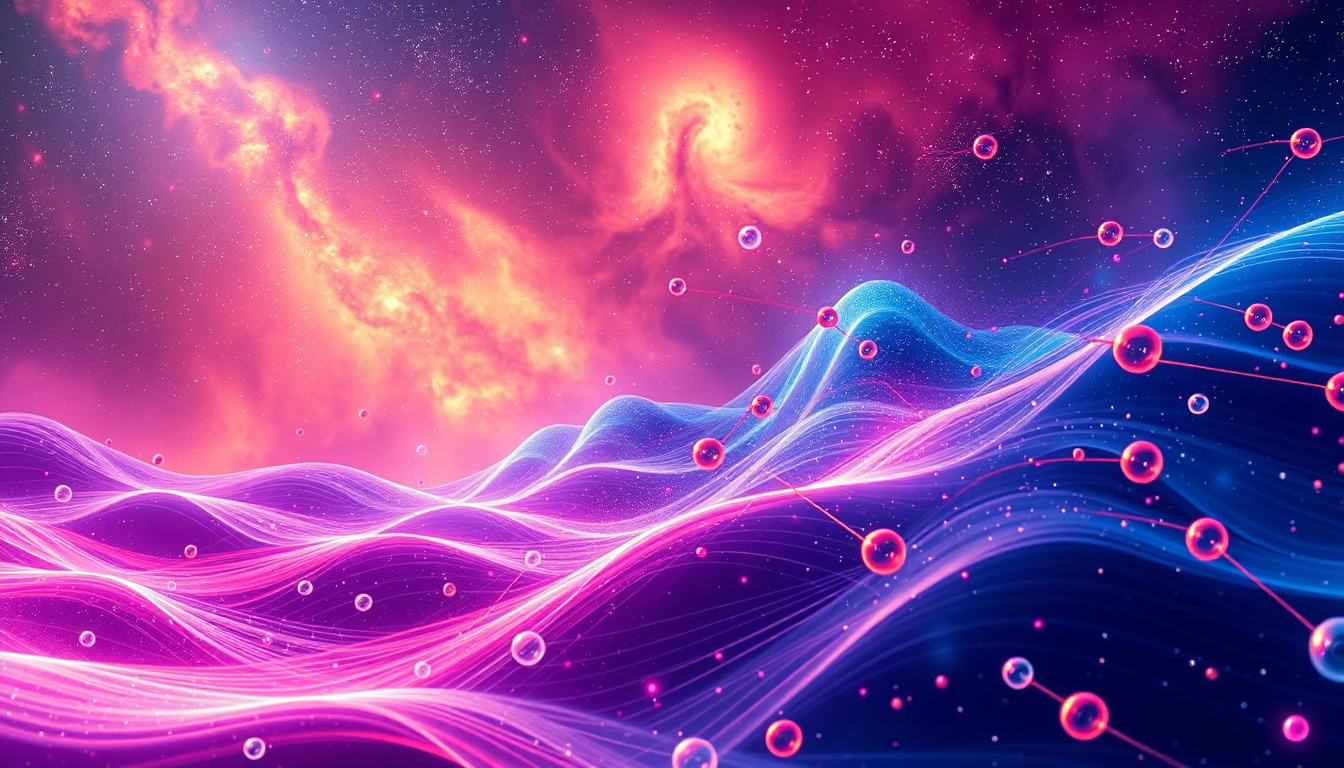Quantum Echo, a fascinating phenomenon observed in the realm of quantum mechanics, has garnered significant interest from scientists and technology enthusiasts alike. This concept relates to the remarkable ability of quantum systems to preserve information about their previous states, allowing for intricate processes that could redefine our understanding of the quantum world. In this article, we will delve into the nuances of Quantum Echoes, exploring the science behind this intriguing phenomenon, its applications in technology, the challenges that researchers face, and directions for future research. By understanding Quantum Echo, we can appreciate its profound implications on modern physics and its potential to revolutionize various industries.

Key Takeaways
- Quantum Echoes represent a fascinating phenomenon in quantum mechanics that allows for the preservation of quantum information.
- The science behind Quantum Echoes involves intricate interactions of quantum states and coherence times.
- Applications of Quantum Echo in technology include advancements in quantum computing and improved network communication.
- Challenges in the field include maintaining coherence over longer timescales and managing noise in quantum systems.
- Future research on Quantum Echoes promises to deepen our understanding of quantum mechanics and enhance practical applications.
Introduction to Quantum Echoes
In the rapidly evolving field of quantum physics, concepts often take us beyond classical understanding, delving into the peculiar behaviors of particles at the quantum level. One such intriguing phenomenon is known as a Quantum Echo. This concept refers to the reproduction of quantum states in a controlled manner, allowing researchers to observe the coherence and interactions of quantum systems over time. By utilizing Quantum Echo techniques, scientists can mitigate the effects of decoherence, a significant issue faced in quantum computing and quantum information processing. As a result, the study of Quantum Echo not only enhances our understanding of quantum mechanics but also provides practical applications that may lead to breakthroughs in quantum technologies.
The Science Behind Quantum Echo Phenomena
The intriguing phenomenon of Quantum Echo has captivated scientists and enthusiasts alike, prompting a deeper exploration into its scientific underpinnings. At its core, Quantum Echo refers to the revival of quantum states that have become entangled through the process of decoherence, demonstrating how information can be preserved and retrieved in quantum systems. This fascinating phenomenon relies on the principles of quantum mechanics, wherein particles can exhibit behaviors that defy traditional physics, such as superposition and entanglement. When a quantum system interacts with its environment, it begins to lose coherence; however, the Quantum Echo effect allows for the restoration of certain quantum states, essentially acting like a memory of the initial conditions. This has significant implications for quantum computing and quantum communication, as it provides insights into error correction and information retention, thereby enhancing the reliability and efficiency of quantum systems. Understanding the science behind Quantum Echo not only sheds light on fundamental quantum mechanics but also opens up new possibilities in the rapidly advancing field of quantum technology.
‘The greatest discoveries are made in the realms of the unknown, and quantum echoes are but whispers from the quantum world, beckoning us to listen closely.’ – Unknown

Applications of Quantum Echo in Technology
Quantum Echo is revolutionizing various fields of technology through its unique ability to preserve and retrieve quantum states, even in the presence of decoherence. This innovative phenomenon has significant applications, particularly in quantum computing and quantum communication. In quantum computing, Quantum Echo is employed to enhance the fidelity of qubits, thereby improving computation accuracy and performance. By using this technique, qubits can be maintained in a superposition state longer, allowing for more complex calculations to be performed efficiently. Additionally, in quantum communication systems, Quantum Echo facilitates secure information transmission over longer distances by mitigating the effects of noise and environmental disturbances. This ensures that the quantum information remains intact and can be accurately decoded at the receiving end. Overall, the integration of Quantum Echo in technology is paving the way for advancements in secure communication networks and high-performance quantum processors, making it a key area of interest for researchers and tech enthusiasts alike.
Challenges and Future Research Directions
The exploration of Quantum Echo presents a myriad of challenges that researchers must navigate to fully understand its potential and applications in quantum computing and information theory. One primary challenge lies in the need for improved coherence times in qubits, as environmental interactions often lead to decoherence, which disrupts quantum states. Additionally, developing robust methods to effectively harness quantum echo phenomena to correct quantum errors remains a significant hurdle. Future research directions focus on enhancing the fidelity of quantum echo techniques and integrating them into larger quantum systems, potentially paving the way for more stable and efficient quantum processors. As scientists work to overcome these obstacles, the continued investigation into Quantum Echo could revolutionize our approach to quantum technology, making it a critical area for upcoming research initiatives.

Conclusion: The Impact of Quantum Echo on Modern Physics
In conclusion, the phenomenon of Quantum Echo is poised to significantly impact modern physics by challenging our traditional understanding of quantum mechanics and information theory. As researchers delve deeper into the intricacies of Quantum Echo, they uncover potential applications that extend beyond theoretical boundaries, influencing fields such as quantum computing, cryptography, and even fundamental physics. The ability to observe and manipulate systems through Quantum Echo not only enhances our comprehension of the fragile nature of quantum states but also opens pathways to innovative technologies that harness the principles of quantum entanglement and coherence. As experimental methods advance and theoretical frameworks evolve, the implications of Quantum Echo will undoubtedly resonate throughout the scientific community, potentially leading to transformative discoveries that shape our technological landscape for years to come.
Frequently Asked Questions
What is a Quantum Echo?
A Quantum Echo refers to a phenomenon in quantum mechanics where a system can reemit a previously absorbed signal or information, recovering that information after a certain period, much like an echo in acoustics.
How does Quantum Echo differ from classical echoes?
Unlike classical echoes that occur due to sound reflection, Quantum Echoes involve the preservation and retrieval of quantum information, relying on the principles of superposition and entanglement to recover states in quantum systems.
What are some applications of Quantum Echo in technology?
Quantum Echo has potential applications in quantum computing, information storage, and quantum communication, particularly in improving error correction and enhancing the coherence times of quantum states.
What challenges do researchers face in studying Quantum Echo phenomena?
Challenges include maintaining the fragile state of quantum coherence, addressing environmental noise that can disrupt quantum states, and developing efficient methods for the practical implementation of Quantum Echo techniques.
What is the future direction of research in Quantum Echo?
Future research aims to enhance the stability and scalability of Quantum Echo applications, improve our understanding of quantum interactions, and explore its implications for quantum networks and advanced quantum technologies.

Leave a Reply